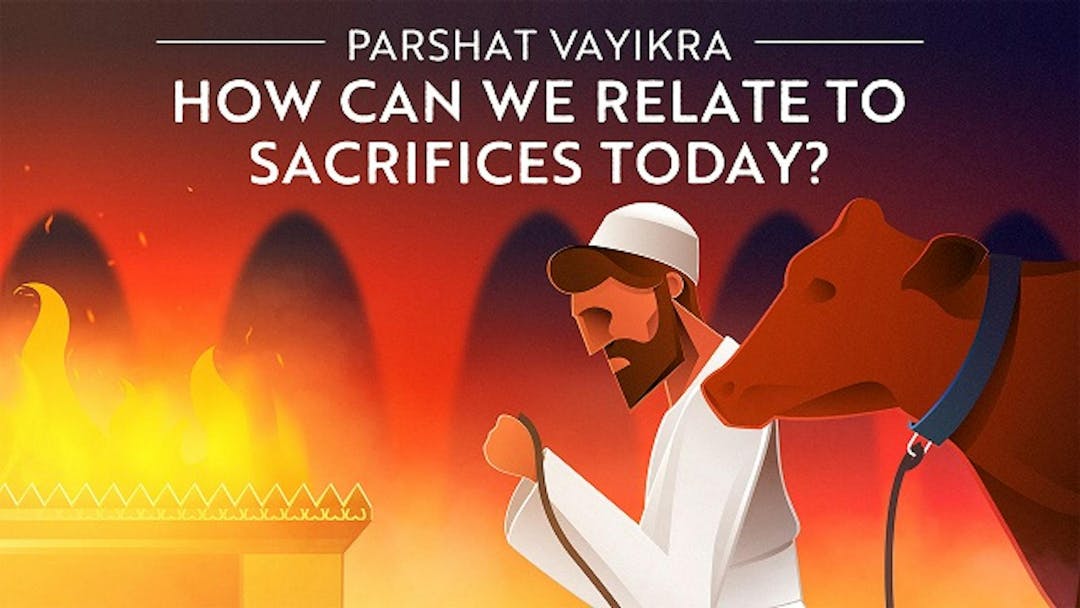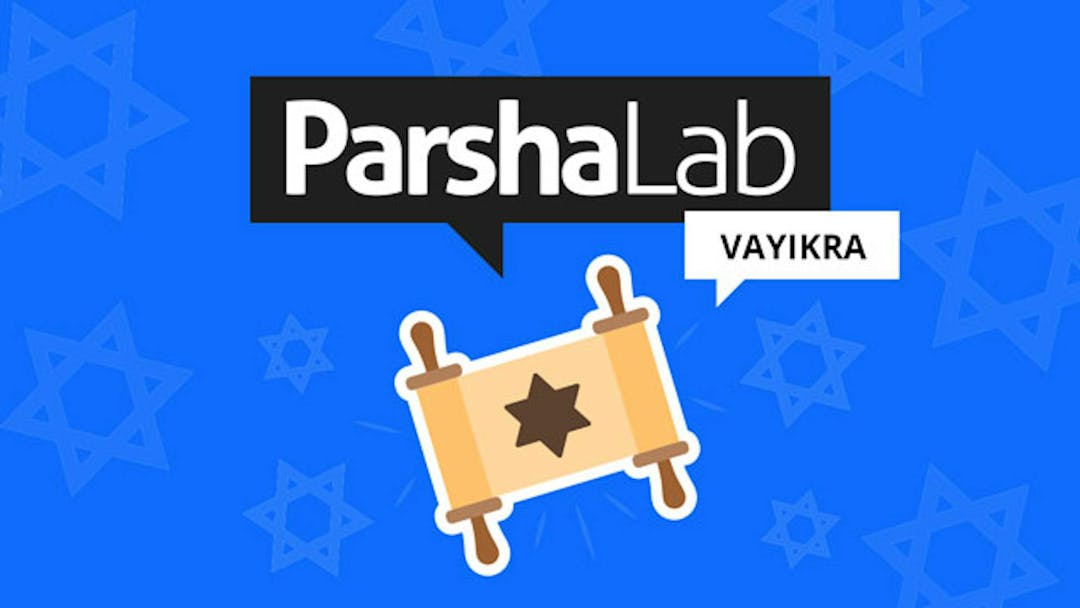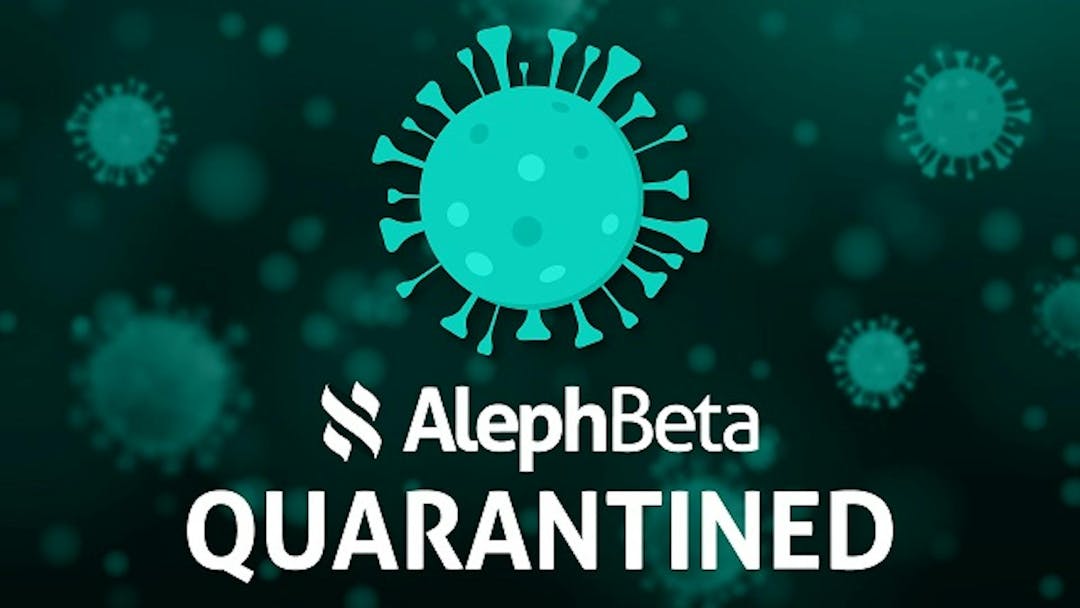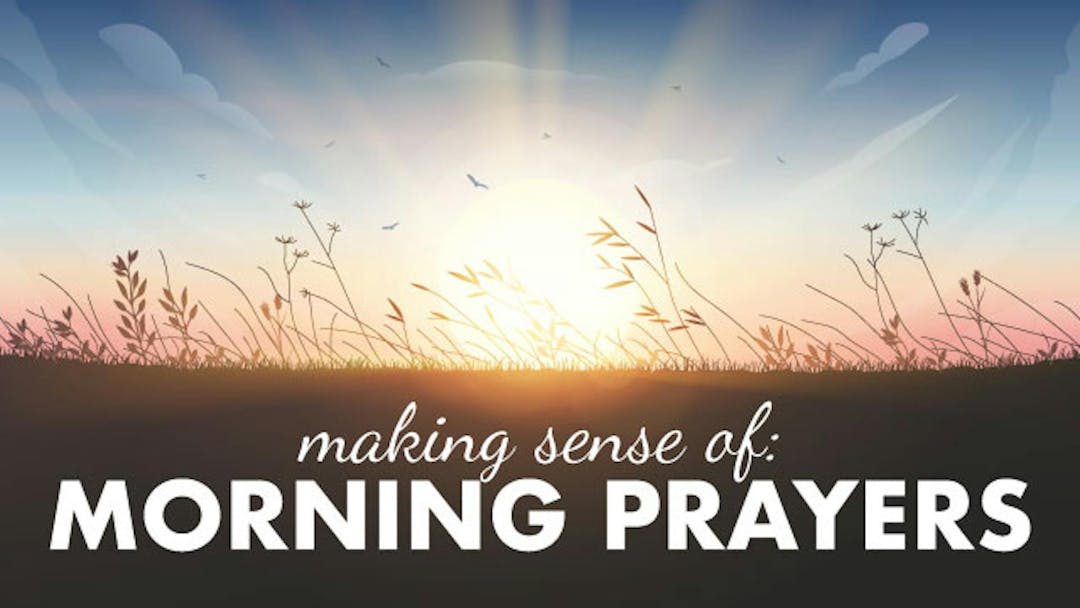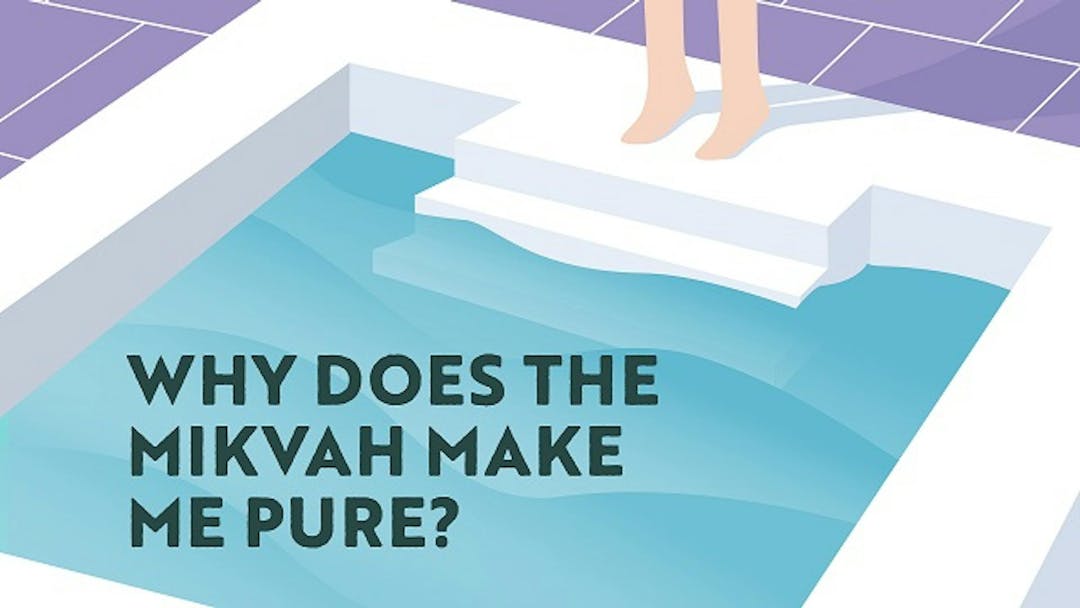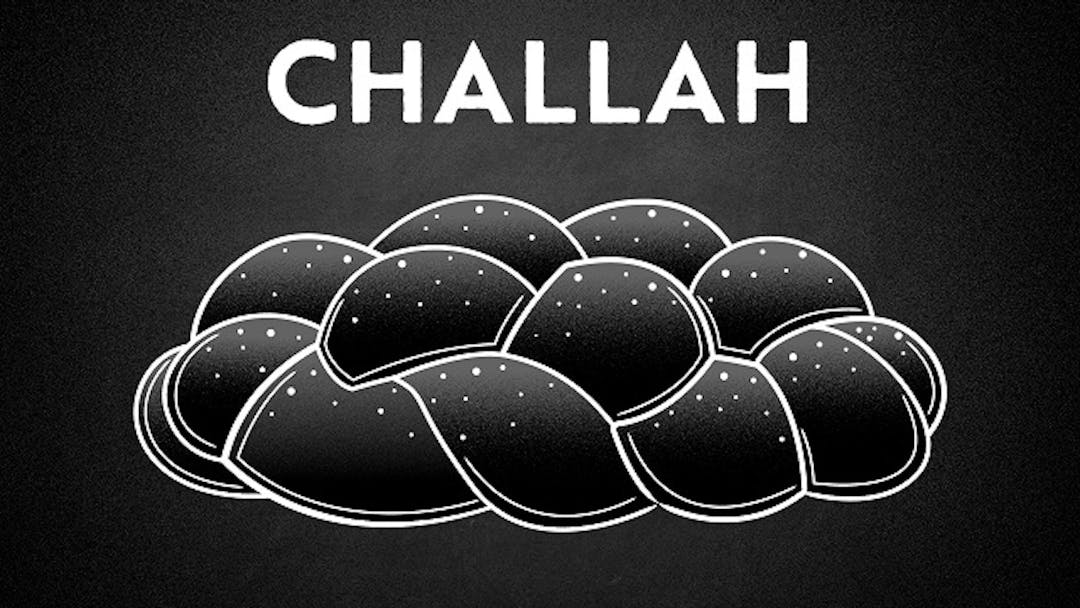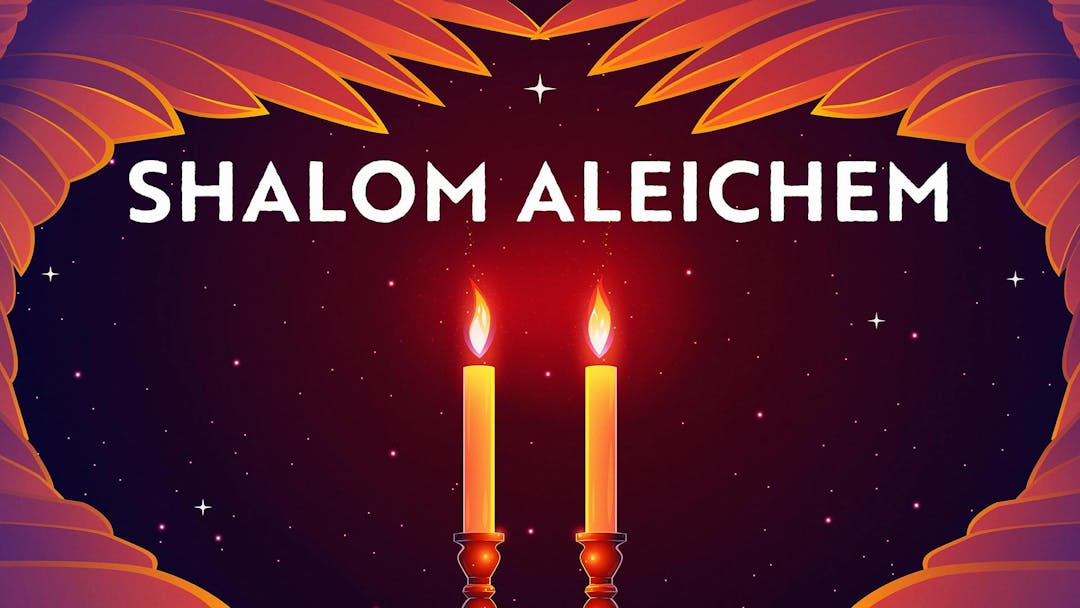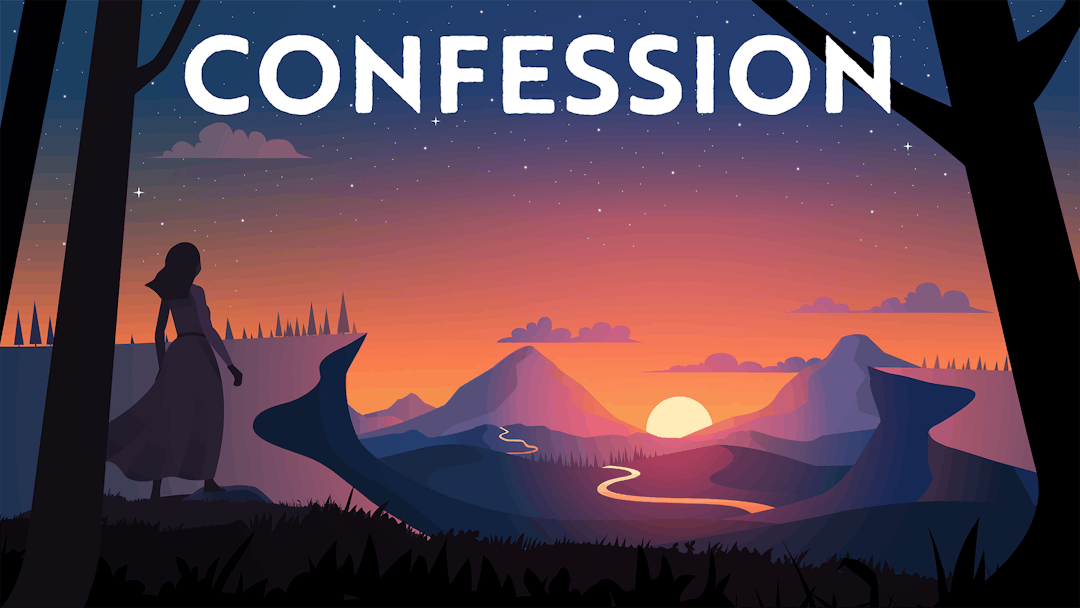Start your free trial today to unlock the full library and enjoy unlimited and uninterrupted access.
Get StartedWhere Is The Soul?
The Link Between Souls And Animal Sacrifice In The Bible
When we hear the word soul, we tend to think about angelic, spiritual kinds of images. And when we think about where the soul can be found, our minds wander to some lofty, Godly realm. But the Torah has its own ideas about the soul, and it’s quite different from what we'd expect. Most surprisingly of all, this concept of the soul even has something to do with the sacrifices that were brought in the Mishkan. Join Ami as he explores these questions and finds answers that have relevance for us, even today.
What is Aleph Beta?
Aleph Beta is a unique kind of Torah library. Led by our founder, Rabbi David Fohrman, we are dedicated to high-level, textual Torah learning for adults that is intellectually and spiritually sophisticated, that enlivens your Jewish practice and helps you forge a deeper connection to God. Whether you’ve been learning in yeshiva for years or you’re just beginning your Torah journey, you’re sure to find something meaningful and surprising waiting for you here.
Browse our library of over 1,000 beautifully produced animated videos, podcasts, deep dive courses, and printable guides. Topics include the weekly parsha, Jewish holidays & fast days, laws & mitzvot, prayers, relationships, big philosophical ideas and more. Have something to say at the Shabbos table that will amaze your family and guests and bring deep meaning into their lives.
